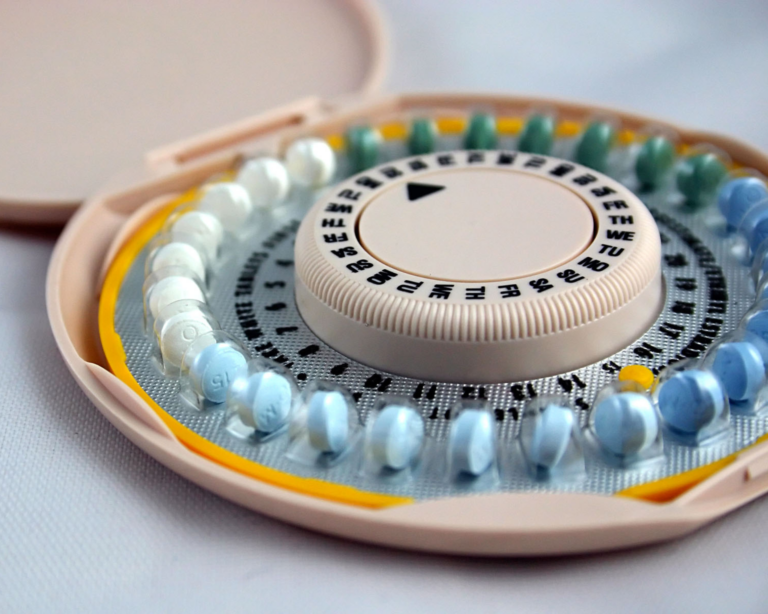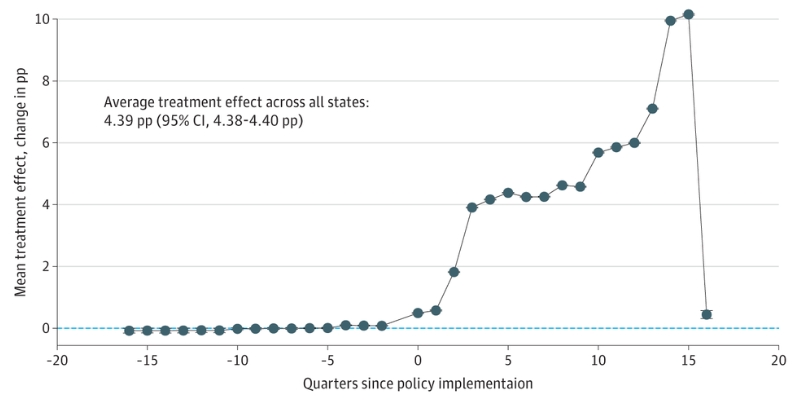Policy vs. Practice: Hurdles in Expanding Birth Control Access
In states where Medicaid covers 12-month supplies of birth control pills, most contraceptive users only receive a 1-3-month supply at a time.

Read Time: 2 minutes
Published:
Across the United States, access to birth control varies dramatically by state. While 19 states have passed laws requiring insurers to cover 12-month supplies of contraception at once, most women still receive only 1-3 months at a time. This restricted access isn’t just an inconvenience—research shows that shorter prescription supplies lead to more gaps in contraceptive use and increased risk of unintended pregnancies. While state policies aim to address this issue, implementing these changes has proven challenging.
Dr. Maria Rodriguez and colleagues examined how effective these policy changes have been in practice. Their study focused on Medicaid recipients, as state Medicaid programs must comply with state laws regarding contraceptive coverage. Using claims data from 2016 to 2020, they analyzed contraceptive dispensing patterns across 36 states, comparing 11 states that implemented 12-month supply policies against 25 states without such requirements.
The figure below shows the impact of these policies on contraceptive dispensing patterns. After implementation, the proportion of women receiving 12-month supplies increased gradually. Around 15 months after the policies took effect, states began seeing more substantial increases in long-term contraceptive dispensing. However, the data reveals a significant gap between policy goals and reality.

The policy’s actual impact fell far short of expectations. At the start of the study, states that adopted the policy had only 0.11% of women receiving a year’s supply of birth control—that’s about 1 in every 1,000 women. After the policy was put in place, this number increased by just 4.39 percentage points. California saw the biggest improvement with a 7.17 percentage point increase, but the other ten states barely changed, showing less than a 1 percentage point increase. In simple terms, almost all women continued to receive only a few months’ supply of their birth control at a time, even in states that had passed laws specifically allowing for year-long supplies.
Multiple factors contribute to this limited impact. Health care providers may not have adjusted their prescribing practices, pharmacies might face inventory management challenges, and insurance systems may require updates to accommodate longer supplies. The study found that even in states where Medicaid programs were required to cover 12-month supplies, most contraceptive users still received just 1-3 months at a time.
This study reveals the challenges inherent in translating health care policies into practice. Enacting legislation is often only the first step in creating meaningful change.



